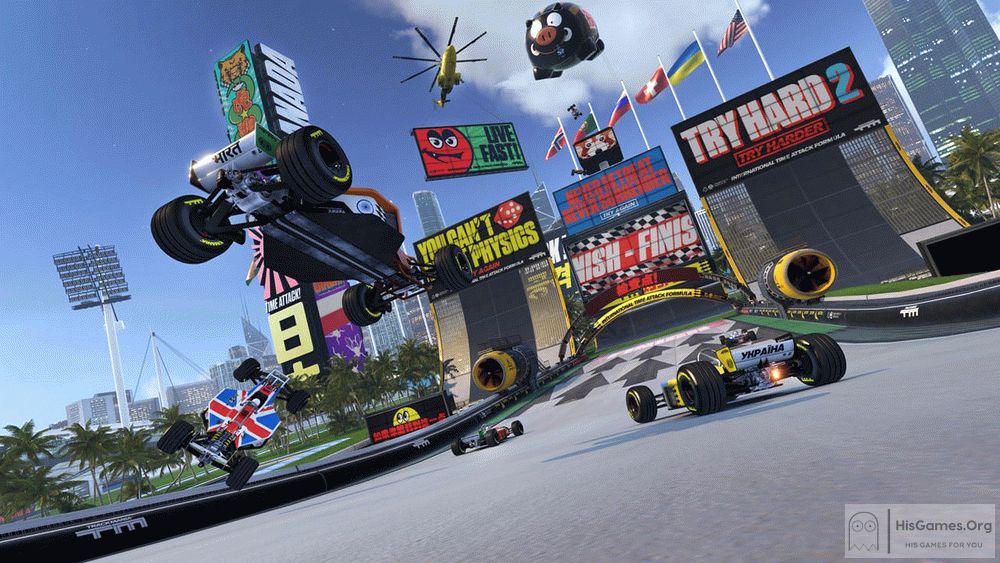

The movement eventually led to the formation of the Partido Sakdal on October 29, 1933. Through his newspaper Sakdal, Ramos managed to build a large popular base of supporters in Luzon.


As such, upward mobility was still very difficult. The “paradoxical character of American policy” was enlightened on paper, but insufficient in practice: despite mass education, increased literacy, public health programs, and improvements in transportation, poorly planned economic policies undid them. According to David Sturvenant, the Filipinization of the government did little to change the values of the landed elite. Street protests began to gain popularity as a method of expressing public discontent in the 1920s due to poverty in the provinces and cities.Led by Dominador Gomez and attended by over 100,000 people, the rally culminated in the arrest of several members as well as the harassment of workers’ groups in the succeeding months. On May 1, 1903, the Union Obrera Democratica de Filipinas (UODF, known formerly as the Union Obrera Democratica), the first workers’ union in the country, staged a massive rally calling for an eight-hour working day and the recognition of May 1 as a public holiday.Most of the first street rallies were conducted by laborers and peasants.

Filipinos have been taking to the streets in protest for more than a century.


 0 kommentar(er)
0 kommentar(er)
